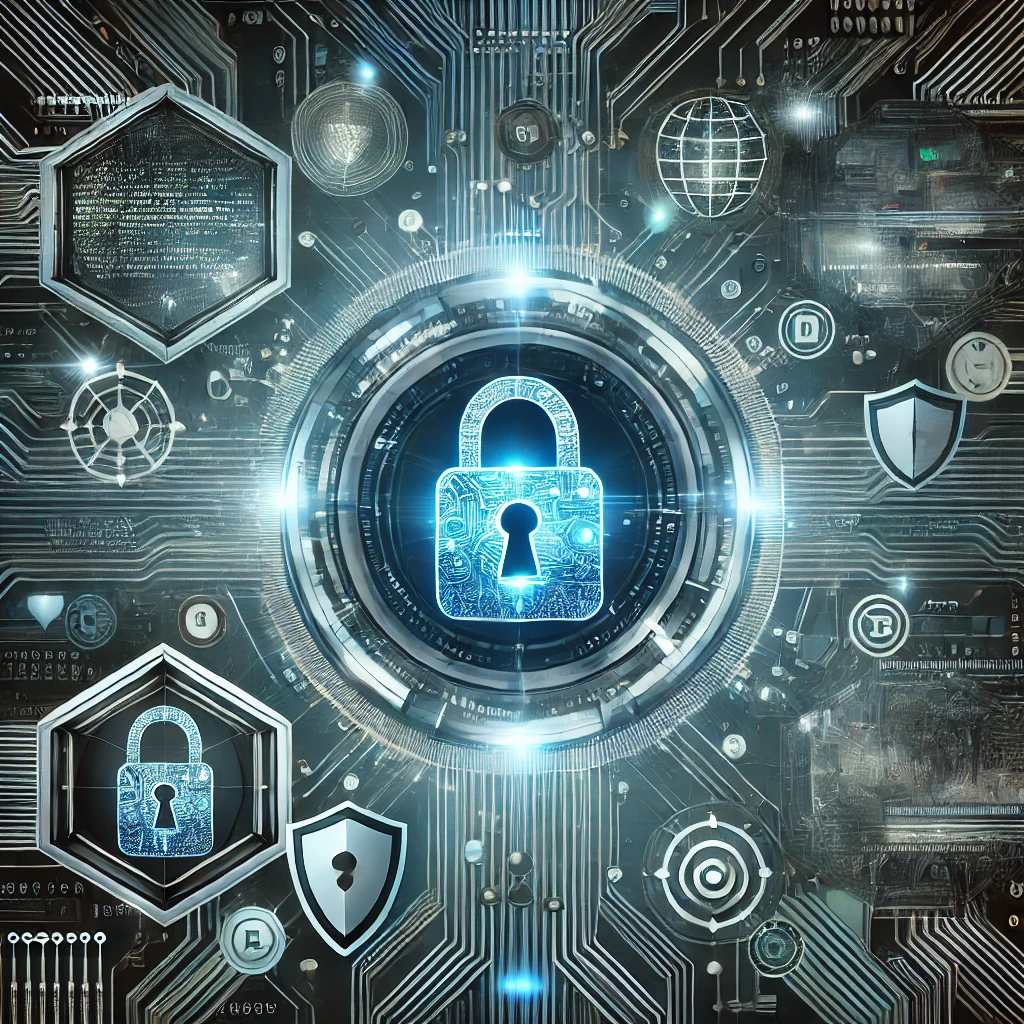Cybersecurity for Nonprofits: Protecting Sensitive Data on a Budget

Categories:
5 minute read
In today’s digital landscape, nonprofits face unique challenges when it comes to cybersecurity. With limited budgets and resources, these organizations must prioritize the protection of sensitive data while maintaining their focus on mission-driven activities. This blog post explores effective and cost-efficient strategies for enhancing cybersecurity in nonprofit organizations, ensuring that they can safeguard their information without breaking the bank.
Understanding the Cybersecurity Landscape for Nonprofits
Nonprofits often handle sensitive information, including donor details, beneficiary data, and financial records. This makes them attractive targets for cybercriminals. According to the 2020 Global Risk Report by the World Economic Forum, cyberattacks rank among the top global risks in terms of likelihood, emphasizing the need for nonprofits to take cybersecurity seriously[5].
The consequences of a cyberattack can be devastating, leading to financial losses, reputational damage, and a decline in donor confidence. For smaller organizations with limited resources, the impact can be particularly severe. Therefore, implementing robust cybersecurity measures is not just advisable; it’s essential.
Cost-Effective Cybersecurity Strategies
Given the constraints many nonprofits face, adopting a multi-faceted approach to cybersecurity can help mitigate risks without incurring significant expenses. Here are several strategies that organizations can implement:
1. Leverage Technology Grants and Discounts
Many technology companies recognize the challenges nonprofits face and offer discounted or donated products to help enhance their cybersecurity posture. For example, Microsoft provides up to 10 free licenses of Microsoft 365 Business Premium to qualifying nonprofits. This package includes advanced cybersecurity features such as multifactor authentication (MFA) and data loss prevention tools[4][5].
Additionally, organizations like Google and Canva also have programs designed to support nonprofits with free or discounted software solutions. Utilizing these resources can significantly enhance a nonprofit’s cybersecurity capabilities without straining its budget.
2. Implement Strong Password Policies
Strong passwords are foundational to any cybersecurity strategy. Nonprofits should enforce strict password policies that require complex passwords and regular updates. Tools like Microsoft Azure Active Directory provide advanced password management features that can help organizations maintain secure credentials[2].
For those looking for dedicated password management solutions, several tools offer nonprofit discounts that facilitate secure password generation and storage.
3. Regular Data Backups
Data loss can have catastrophic effects on a nonprofit’s operations. Regularly backing up data is essential for recovery after incidents such as ransomware attacks or accidental deletions. Cloud services like Microsoft OneDrive for Business offer automatic backup features as part of their nonprofit grants[2][4]. By ensuring data is consistently backed up, organizations can recover quickly from potential data loss incidents.
4. Utilize Firewalls and Antivirus Software
Basic network security measures are critical for protecting sensitive information. Nonprofits should invest in firewalls and antivirus software to monitor incoming and outgoing traffic and block suspicious activity. Many cloud service providers include security measures within their offerings, simplifying implementation[4].
Open-source tools such as ClamAV for antivirus protection or hardware-based firewalls can also provide effective defenses at minimal costs.
5. Conduct Employee Training
Human error is often a significant factor in cybersecurity breaches. Providing regular training sessions on safe internet practices and how to identify potential threats is crucial. Nonprofits can utilize free online resources, such as YouTube tutorials or internal workshops, to enhance staff awareness without incurring additional costs[4][5].
Training should cover topics such as recognizing phishing attempts, safe handling of sensitive information, and reporting suspicious activities.
6. Adopt Multi-Factor Authentication (MFA)
MFA adds an extra layer of security by requiring users to provide two or more verification factors before accessing sensitive information. This significantly reduces the risk of unauthorized access even if passwords are compromised[2]. Many cloud services offer MFA options that are easy to implement and manage.
7. Use Virtual Private Networks (VPNs)
For organizations with remote workers or those accessing sensitive data over public Wi-Fi networks, VPNs are essential tools for encrypting internet traffic and securing communications[4]. Affordable VPN solutions are available that cater specifically to nonprofits’ needs.
Building Partnerships with IT Service Providers
Outsourcing IT services can be a cost-effective way for nonprofits to enhance their cybersecurity posture while focusing on their core mission. Specialized IT service providers understand the unique challenges faced by nonprofits and can offer tailored solutions that fit within budgetary constraints[2][5].
These partnerships allow organizations to access superior technology and expertise without the overhead costs associated with maintaining an in-house IT team.
Continuous Improvement: A Culture of Cybersecurity
Cybersecurity is not a one-time effort but an ongoing process that requires continuous evaluation and adaptation. Nonprofits should regularly assess their cybersecurity measures, stay informed about emerging threats, and adjust their strategies accordingly[4][5].
Creating a culture of cybersecurity awareness within the organization is crucial for fostering proactive behaviors among staff members. Encouraging open communication about potential threats and sharing successes in preventing breaches can reinforce this culture.
Conclusion
Cybersecurity may seem daunting for nonprofits operating on tight budgets, but there are numerous cost-effective strategies available to protect sensitive data without compromising mission-driven activities. By leveraging technology grants, implementing strong security policies, conducting employee training, and partnering with IT service providers, nonprofits can create a robust cybersecurity framework tailored to their unique needs.
Ultimately, investing in cybersecurity not only protects an organization’s valuable data but also builds trust with donors and stakeholders—ensuring that nonprofits can continue their vital work in communities around the world.
Citations: [1] https://www.totaldigitalsecurity.com/our-customers/non-profit-organizations [2] https://www.tcasynertech.com/cybersecurity-on-a-nonprofit-budget/ [3] https://nordlayer.com/nonprofit/ [4] https://www.secureworld.io/industry-news/cybersecurity-nonprofits-cost-effective-strategies [5] https://www.grassrootsit.com.au/blog/cost-effective-cybersecurity-strategies-non-profits/ [6] https://communityit.com/cybersecurity/ [7] https://www.threatadvice.com/non-profits [8] https://biztechmagazine.com/article/2024/07/can-security-service-keep-nonprofits-safe-and-budget
Feedback
Was this page helpful?
Glad to hear it! Please tell us how we can improve.
Sorry to hear that. Please tell us how we can improve.